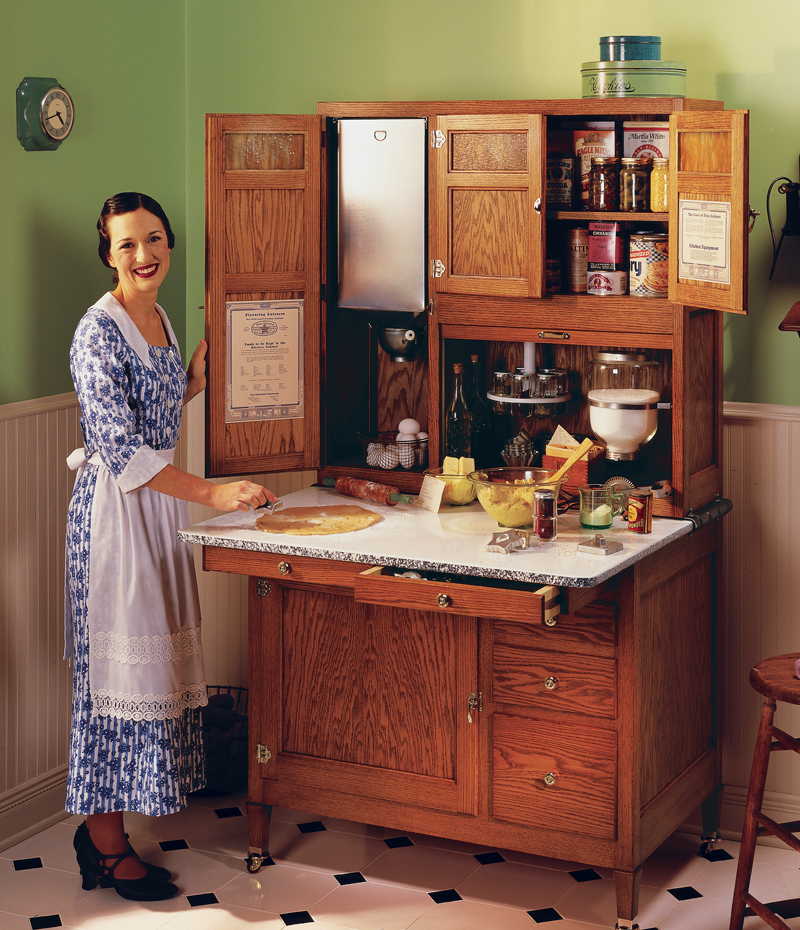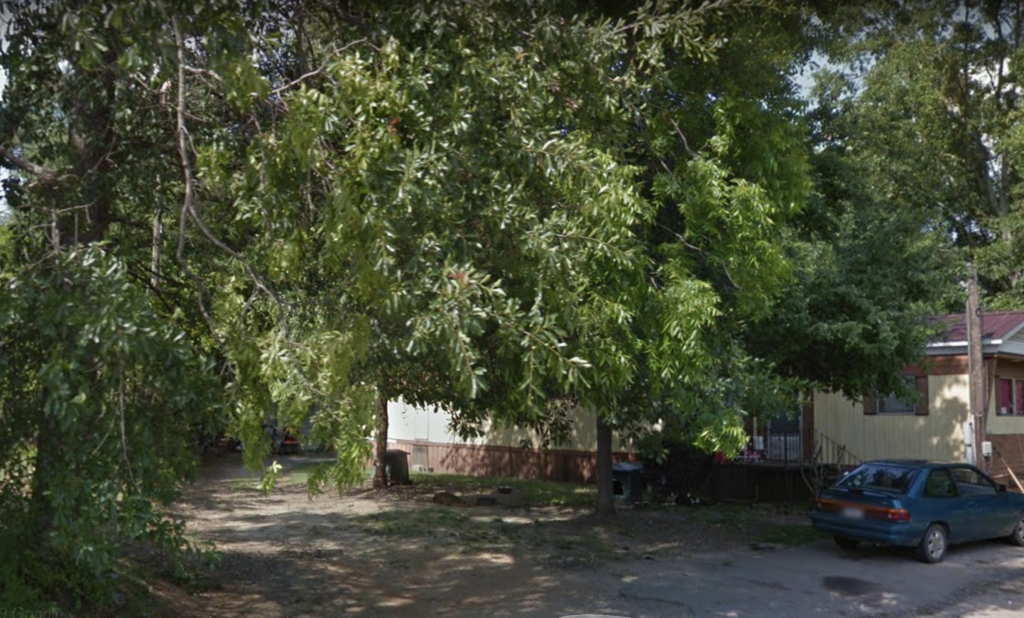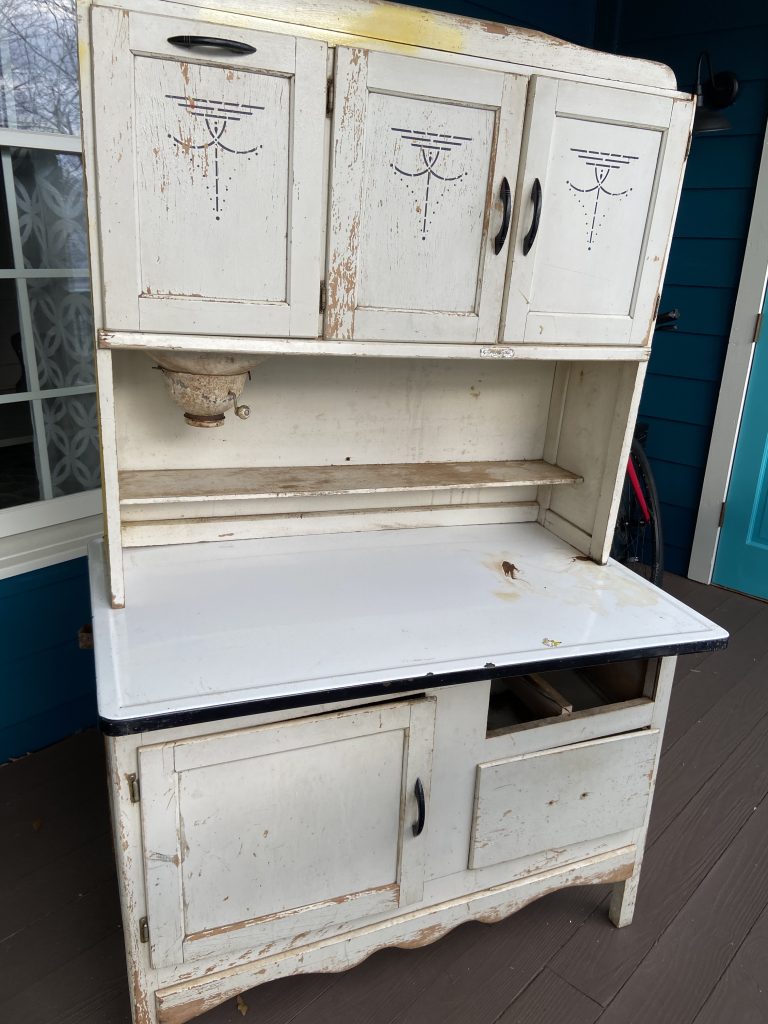A friend of mine had posted a question on Facebook: Have you seen any Hoosier cabinets around town?
I immediately thought of a pie safe, but a Hoosier is much different. After a bot of googling and trolling through Facebook Marketplace, I realized what she was looking for: A self-contained cabinet that included drawers, some shelves behind doors, and a metal workspace.

It seems in the early 1900s, women began to do more stuff outside the home. A guy who owned a cabinet factory in Indiana realized this and decided he’d create the next piece of furniture that would solve all our womenfolk problems: A cabinet that made it easier to do our womanly chores in an organized way.
No, seriously, at the time kitchens didn’t come with a lot of cabinets. So, I guess he figured that if all the baking supplies were in one place, it would cut down on the running out to the root cellar or whatnot for supplies, streamlining that apple pie. The Hoosier company was the first to produce these innovative cabinets, although other companies followed with their own styles. They were popular into the 1930s and then fell out of favor as kitchens began to be built with more cabinets.
Back to my friend’s question. I became intrigued by these things, because I liked the idea of having a place to put all your stuff. Of course, in my case the “stuff” centered more around morning coffee and afternoon cocktail, but heck, it’s still stuff that needs organizing in the kitchen, right? So, in the spirit of my organized ancestors, I began my own search for a Hoosier cabinet.

After being ghosted by one seller and, later, being unwilling to drive more than an hour in a pandemic for a piece of furniture I was unsure would even fit in my car, I finally settled on one that was recently discounted. Now, understand, it’s not like these things grow on trees—please don’t get the impression that I was flipping between my options. Options for Hoosiers are few and far between, and as my endless Facebook Marketplace scrolling showed, they were usually missing parts, dirty, found in a barn or filled with all sorts of odds and ends that owners promised to remove as soon as a sale was imminent.
Said another way: The pickings were slim.
But eventually, the white cabinet missing a drawer got marked down to $150, and it was a price I was willing to pay. I arranged for pick-up, pulled up to the home in a small rural North Georgia town, and hauled the little thing home (it fit just fine in the back of my car).
Now, to bring some sparkle back into its life.
